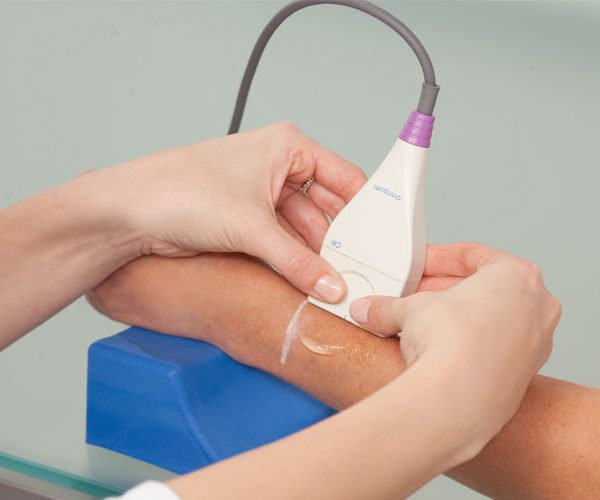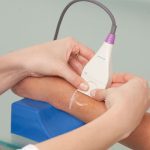Bone loss due to osteoporosis is a silent condition, weakening bones without noticeable symptoms until a fracture occurs. These fractures, often affecting the hip, spine, or wrist, can lead to life-altering consequences. Unfortunately, many individuals don’t associate their fracture with underlying osteoporosis. While recovery from the initial break is crucial, evaluating whether osteoporosis played a role is just as important for preventing future fractures.
The Risk of Future Fractures
Osteoporosis significantly raises the risk of repeat fractures. For individuals over 50, it’s highly likely that osteoporosis was a contributing factor to their first fracture. Without prompt evaluation and preventive action, the likelihood of another break increases substantially. A post-fracture assessment can determine bone health status, guide treatment, and help prevent future injuries.
Why Early Evaluation Matters
In the U.S., over 53 million people are either at high risk due to osteopenia or have been diagnosed with osteoporosis. Despite screening recommendations from the U.S. Preventive Services Task Force (USPSTF), osteoporosis often goes undiagnosed. Many patients never undergo an evaluation after their initial fracture, leaving them vulnerable to future breaks.
A thorough osteoporosis evaluation typically includes:
Bone mineral density tests to measure bone strength.
Review of medical and family history for risk factors.
Assessment of lifestyle habits like diet, exercise, and smoking.
Evaluation of medications that may affect bone health.
Increasing awareness about the link between fractures and osteoporosis can lead to earlier diagnoses and more effective prevention strategies.
Strengthening and Protecting Bones
Empowering patients with knowledge is key to maintaining bone health. Effective treatment plans may include:
Medications to slow bone loss or strengthen bone formation.
Calcium and vitamin D supplementation.
Dietary adjustments to reduce sodium and ensure sufficient protein intake.
Lifestyle changes like quitting smoking and moderating alcohol consumption.
Patient engagement improves when healthcare providers take time to explain the benefits and risks of treatment and foster shared decision-making.
Preventing Falls: A Key to Fracture Prevention
Fear of another fracture can lead patients to reduce their physical activity, but staying active is essential for maintaining bone strength and balance. Exercises such as weight-bearing activities (walking, dancing, and stair climbing) and resistance training (free weights or machines) help improve strength, flexibility, and coordination, all of which reduce the risk of falls.
Additional strategies to prevent falls include:
Addressing vision or hearing impairments that may contribute to accidents.
Reviewing medications for side effects that may increase fall risk.
Assessing the home environment for hazards such as poor lighting, loose rugs, and cluttered pathways.
Take Action After the First Fracture – Preventing Future Fractures
Preventing the next fracture starts with early evaluation and personalized care. By addressing osteoporosis-related bone loss and taking steps to reduce fall risks, patients can reclaim their strength and confidence. Healthcare providers play a vital role in guiding patients through this process and helping them prioritize long-term bone health.
For additional support, patients can access trusted resources such as the National Osteoporosis Foundation and the NIH Osteoporosis and Related Bone Diseases Resource Center for guidance on prevention, treatment, and lifestyle strategies.
Innovative Tools for Early Detection
Preventing future fractures starts with identifying osteoporosis early, and advancements in medical technology have made this process more accessible. Portable bone scanners are revolutionizing bone health assessments by providing quick, non-invasive bone density measurements outside of traditional clinical settings. Companies like BeamMed offer state-of-the-art portable scanners that can be used during routine check-ups or community health events, making it easier to detect bone loss before a fracture occurs.
By incorporating portable bone scanners, such as those from BeamMed, into post-fracture evaluations, healthcare providers can identify patients at higher risk and implement personalized treatment plans sooner. Combined with proper education, lifestyle adjustments, and ongoing care, these tools play a critical role in breaking the cycle of fractures and empowering patients to maintain strong, healthy bones for years to come.
Call Beammed for portable bone scanners more information at: 800-769-6808 or fill out the contact form.












